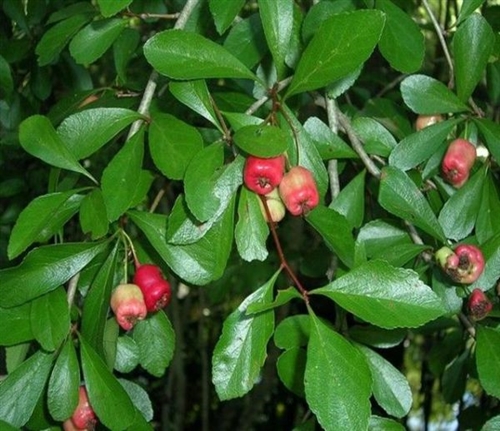 |
|
Before they started trying to grow Mayhaws on a commercial bases, everyone thought that they preferred wet, swampy growing conditions. It was found that they prefer a well-drained sandy loam soil with an occasional irrigation during a drought. The trees grew in the wet swampy conditions because the one thing they could not stand was competition from other trees, weeds, or grass. The major problem with growing Mayhaws seems to be
rust on the fruit, which can be alleviated by applications of sulfur-type fungicides. Make excellent jellies and jams along with wine! Goumi trees are another native fruiting tree; good for wine making or jams and jellies, with a taste similar to Mayhaw.
|
|
|